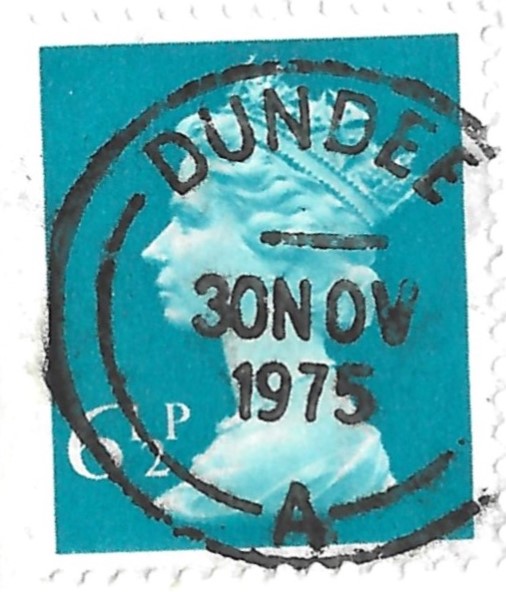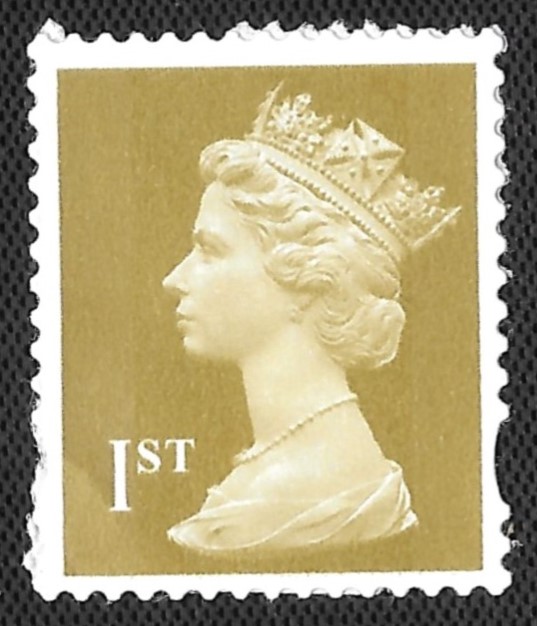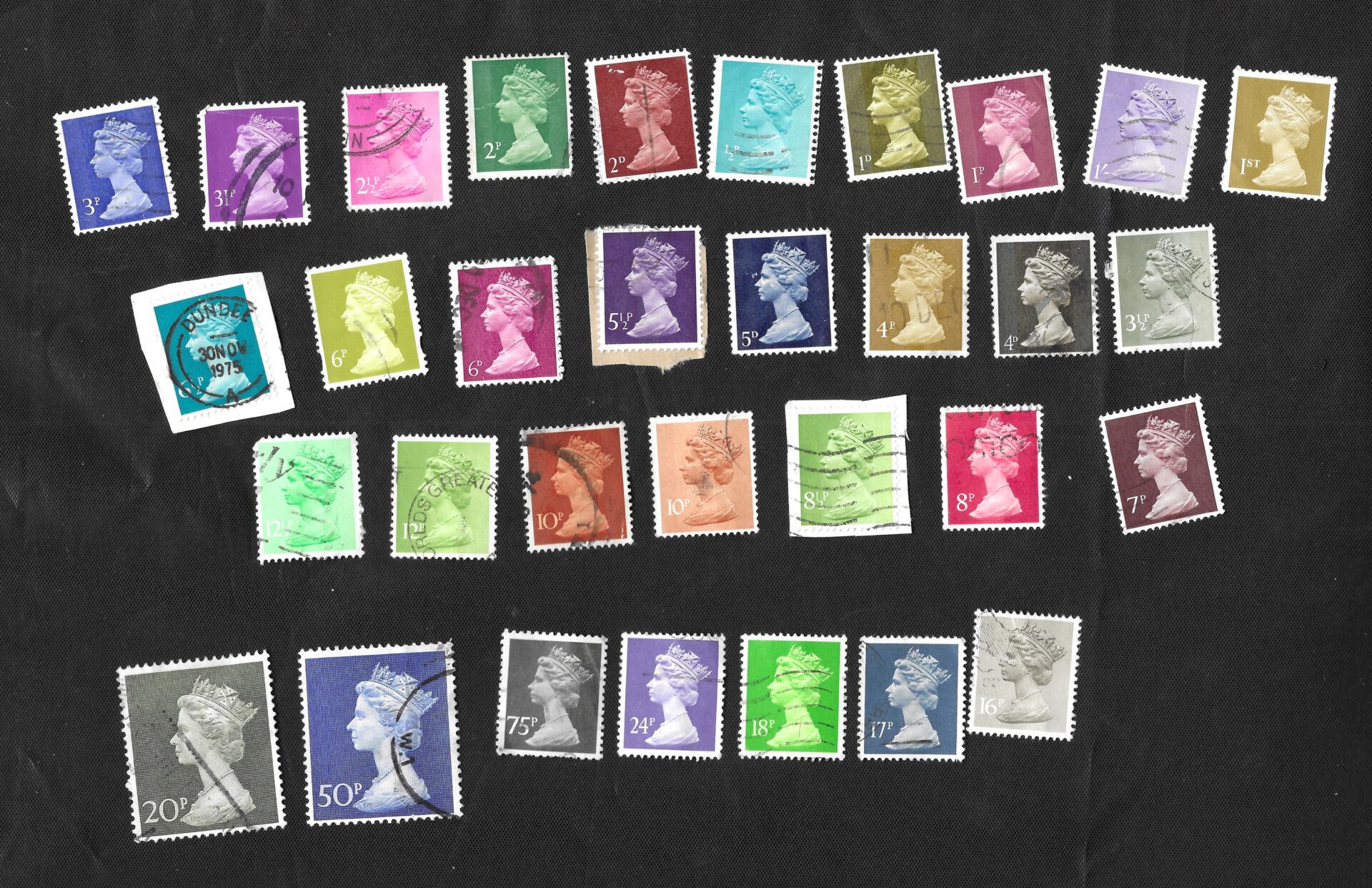Machins, a term that has become a staple in the world of philately, refers to a specific series of definitive postage stamps issued by the United Kingdom since 1967. Designed by Arnold Machin, these iconic stamps are characterized by their simple yet striking portrayal of Queen Elizabeth II’s head in profile. What makes Machins particularly fascinating is their versatility; they are available in various denominations and colors, allowing collectors and postal users alike a range of options for different mailing purposes.
One interesting aspect of Machin stamps is their evolving nature. Over the decades, they have been continually updated to incorporate modern printing technologies and design features, including barcodes and variations in size—which cater to both traditional collectors and contemporary users who appreciate functionality alongside artistry. Additionally, the widespread adoption of Machins across mail systems means that even casual senders often come into contact with these elegant pieces of postal history without realizing their significance or complexity. This unique blend of everyday use and collectible appeal underscores why Machins remain enduring favorites among stamp enthusiasts worldwide.
Key Features of Machin Stamps
- Portrait Design:
The central feature of Machins is the bas-relief portrait of Queen Elizabeth II, derived from a sculpture by Arnold Machin. This image became iconic due to its timeless quality and wide usage. - Color Variations:
Machin stamps have been printed in a vast array of colors to denote different denominations and services. - Perforations and Formats:
They exist in multiple perforation types (e.g., comb and elliptical) and have been printed in various formats, including sheets, booklets, and self-adhesive varieties. - Security Features:
Modern Machins incorporate security features like iridescent overprints and microtext to prevent counterfeiting. - Longest Use:
Machin stamps remained in continuous use for over 50 years until Queen Elizabeth II’s death in 2022. - Denominations:
They cover a wide range, including standard rates for letters, larger parcels, and non-denominated “1st” and “2nd” class rates.
Collecting Machins
Collectors of Machin stamps often focus on specific aspects of this vast series, finding joy in the detailed nuances that distinguish individual stamps. One popular area of interest is color variants, as the stamps have been printed in a multitude of shades over the decades. Slight differences in ink formulations, printing processes, or even environmental factors can lead to subtle but collectible variations. Another favorite focus is the exploration of printing methods, such as photogravure, intaglio, or lithography, each of which adds unique characteristics to the stamps. Errors and rarities, such as misprints, missing elements, or other anomalies, are highly sought after by dedicated philatelists and can be quite valuable.

Examples of Notable Machin Stamps
Several Machin stamps stand out as landmarks in the series. The initial issues from 1967 introduced the iconic design with vibrant, solid colors that immediately set them apart from earlier definitive stamps. The decimalization changes in 1971 marked a major shift, transitioning the series to align with Britain’s switch from pounds, shillings, and pence to a decimal currency system, which introduced a new set of denominations.
The Gold Machins, released in 2000 to celebrate the millennium, are particularly notable for their distinctive gold finish, which was a departure from the standard color palette and emphasized the enduring prestige of the design. These examples showcase the diversity and historical significance of the Machin series, making them an enduring favorite among stamp collectors.

There are some great resources for learning about Machin stamps, including The Digital Philatelist, The Postal Museum and BB Stamps.

33 year old casual stamp collector from the UK!
